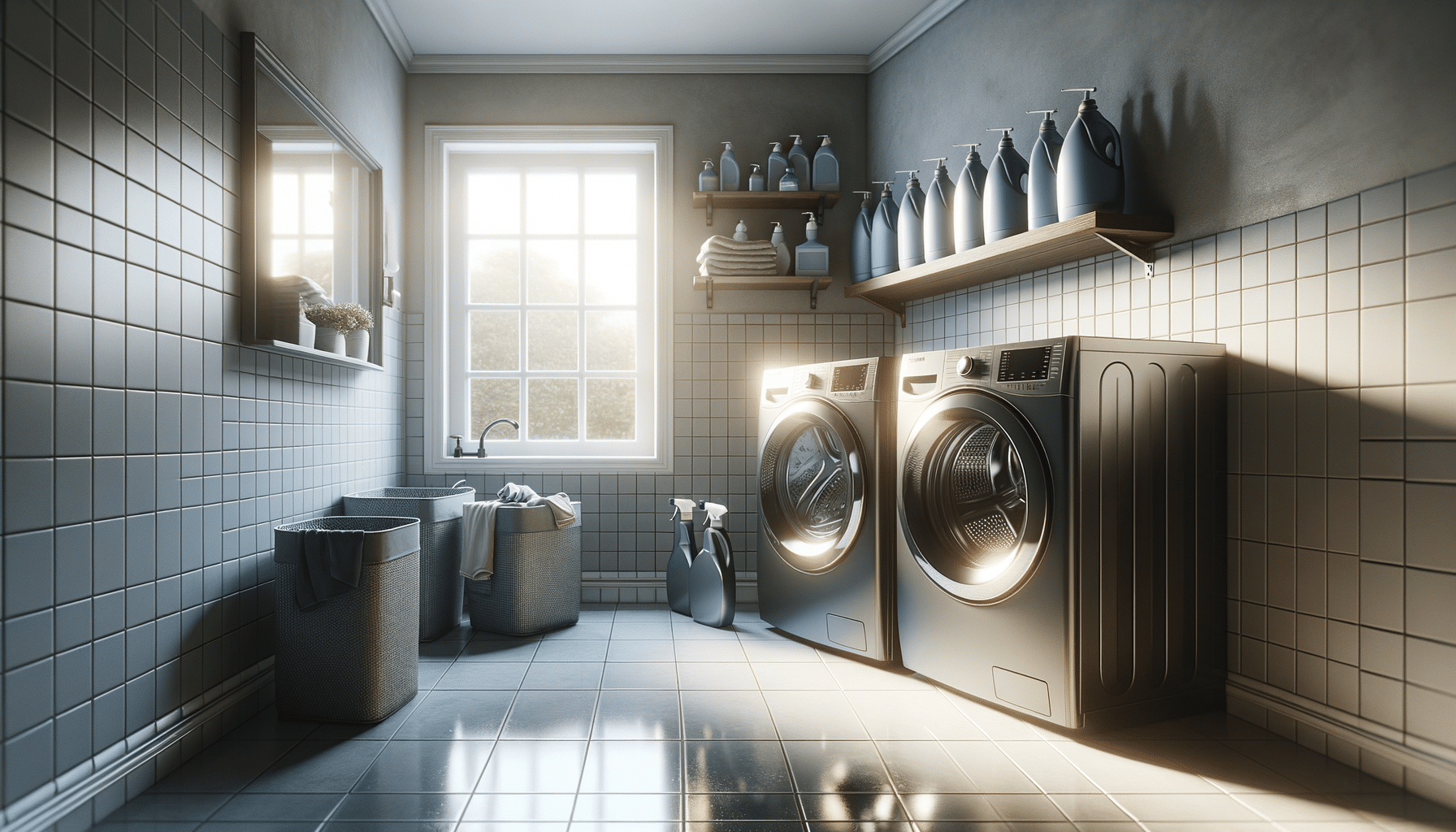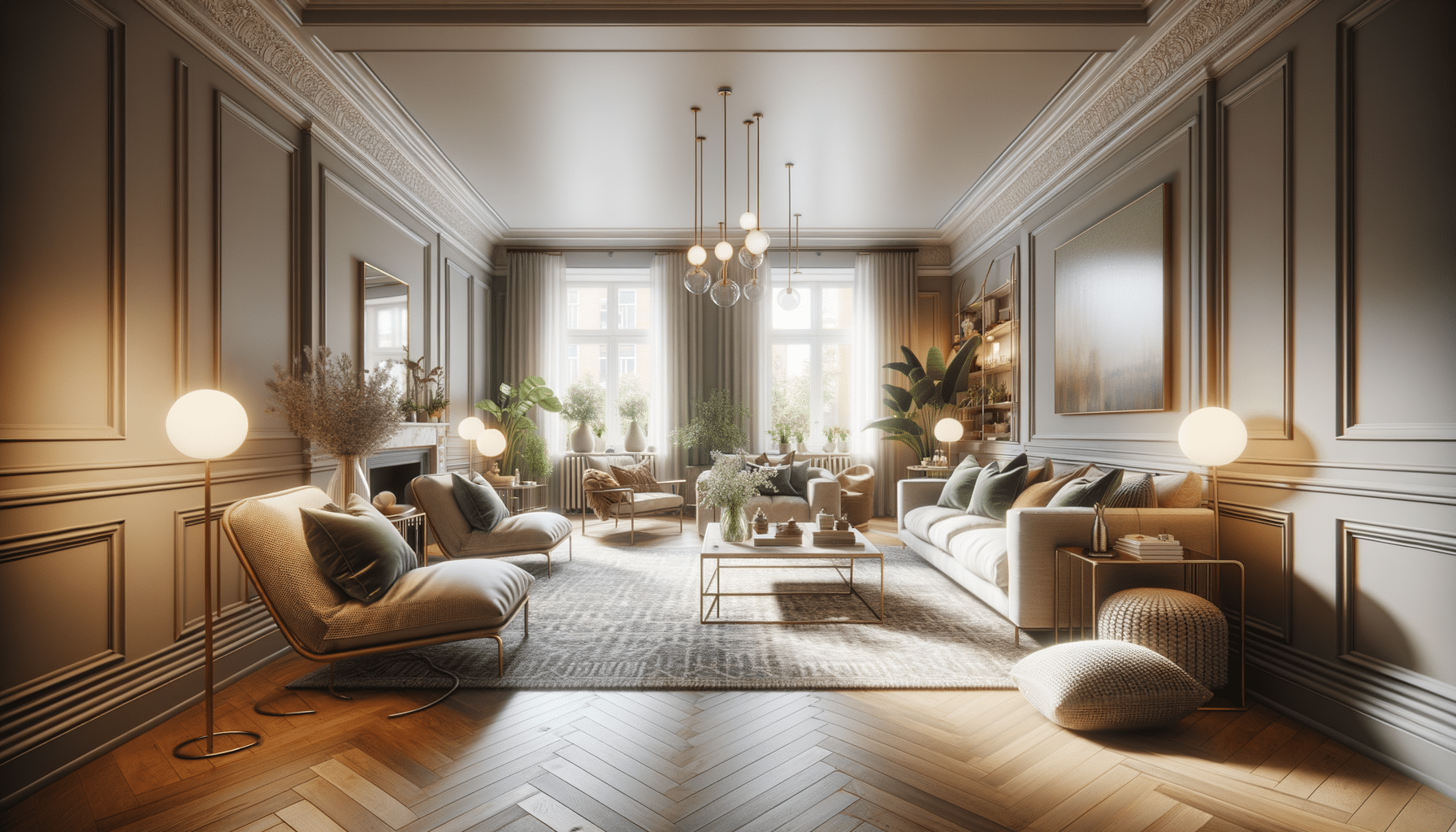
build your dream custom closet
Introduction: The Art of Crafting a Custom Closet
Building your dream custom closet is not just about organizing clothes and accessories; it’s about creating a personalized space that reflects your style and meets your storage needs. A custom closet can transform your daily routine, making it more efficient and enjoyable. In this article, we will explore the essential steps and considerations in designing a closet that caters to your preferences while maximizing your available space.
Assessing Your Needs: The Foundation of Your Design
Before diving into the design process, it’s crucial to assess your needs. Start by evaluating the items you plan to store. This includes clothing, shoes, accessories, and any other personal belongings. Consider the following aspects:
- Volume of items: How many pieces do you own, and how often do you rotate them?
- Types of items: Do you have more formal wear, casual clothes, or a mix of both?
- Special storage requirements: Do you need space for long dresses, suits, or bulky items?
Understanding these factors helps in determining the layout and features required in your custom closet. Additionally, it’s essential to consider your lifestyle. For instance, if you’re someone who frequently updates their wardrobe, having flexible storage solutions can be beneficial. Ultimately, the goal is to create a space that is not only functional but also adaptable to your changing needs.
Designing the Layout: Making the Most of Your Space
Once you’ve assessed your needs, the next step is to design the layout. Start by measuring the available space to ensure accurate planning. Consider the following layout elements:
- Hanging space: Allocate areas for short and long hanging clothes.
- Shelving: Incorporate adjustable shelves for flexibility.
- Drawers: Include drawers for smaller items like socks and undergarments.
It’s important to strike a balance between hanging space and shelving. Too much of one can lead to inefficiencies. Additionally, consider incorporating creative storage solutions such as pull-out racks for shoes or accessories, which can save space and enhance accessibility. The layout should not only optimize the available space but also provide ease of access to all items.
Choosing Materials and Finishes: Adding a Personal Touch
The materials and finishes you choose for your custom closet play a significant role in its overall aesthetic and durability. Consider materials that match your home’s interior while offering functionality. Common options include:
- Wood: Offers a classic and warm look.
- Metal: Provides a modern and sleek appearance.
- Laminate: Offers a cost-effective and versatile option.
When selecting finishes, think about colors and textures that appeal to you. Lighter colors can make a space feel larger, while darker tones add a touch of elegance. It’s also worthwhile to invest in quality hardware, such as handles and knobs, which can enhance the closet’s look and longevity. Remember, a well-chosen material and finish can elevate the entire design, making it a true reflection of your personal style.
Incorporating Lighting and Accessories: Enhancing Functionality
Lighting plays a crucial role in creating a functional and inviting custom closet. Adequate lighting ensures that all items are visible and accessible. Consider the following lighting options:
- LED lights: Energy-efficient and provide excellent illumination.
- Recessed lighting: Offers a clean and uncluttered look.
- Under-shelf lighting: Highlights specific areas and adds a luxurious touch.
In addition to lighting, incorporating accessories can enhance the closet’s functionality. Consider adding mirrors for a quick outfit check or a built-in ironing board for convenience. Hooks and rods can also be useful for hanging hats, bags, or scarves. These elements not only improve the practicality of the space but also add a layer of personalization, making your custom closet truly your own.
Conclusion: Bringing Your Dream Closet to Life
Building your dream custom closet is a rewarding endeavor that combines functionality with personal style. By thoroughly assessing your needs, designing an efficient layout, choosing appropriate materials, and incorporating thoughtful lighting and accessories, you can create a closet that enhances your daily routine and adds value to your home. Remember, the key to a successful custom closet is personalization—tailor it to fit your unique lifestyle and preferences, and enjoy the benefits of a well-organized and aesthetically pleasing space.


